Meet the Expert: Lou Ramon, former NASA Engineer

Lou Ramon has been a “space cadet” his entire life. As a young boy, he had his own model plane “air force” hanging from his bedroom ceiling and he grew up reading and watching science fiction TV shows and movies. So it’s no wonder he ended up turning that passion into a lifelong career in the space industry.
Lou received a bachelor’s degree in Aerospace Engineering from Cal Poly University in Pomona, Calif. Accomplishments of his nearly 50-year career, in and around the Johnson Space Center in Houston, are too numerous to mention. He has been involved in nearly every U.S. human spaceflight program from Gemini, Apollo, Skylab, Space Shuttle, the International Space Station to Orion. Among the many highlights for him was working as part of Apollo 11, alongside astronauts Neil Armstrong and Buzz Aldrin. He worked on the development of the Manned Maneuvering Unit and the Canadian-built Remote Manipulator System for the Space Shuttle. He also led a team that had a hand in the design of the International Space Station. After the Columbia Disaster, Lou led a Boeing team to assure the Space Shuttle was safe to return to flight. He continues to be passionate about human spaceflight and considers himself to be an “old-fashioned spaceman.”
Lou began as a docent at the Discovery Center in the summer of 2013 and he volunteers because it offers him the opportunity to combine his interests in space and education. Lou retired in July of 2013 and he and Cindy, his wife of 30 years, settled down in Woodland Park, Colorado. In addition to volunteering with the Space Foundation, Lou also volunteers with the FIRST Robotics Competition, the BEST Robotics Championships in Denver and the Woodland Park Music Series.
**********************************************************************************************************************************
Challenge: You’ll need two pieces of paper, a marker, pen, or pencil, and a ruler.
The first part of the challenge is to look at accuracy.
Lay the first piece of paper down in front of you.
Imagine there is a line running from the top of the paper to the bottom that cuts the paper in to two halves.
Take your marker and put a mark or a dot about 2 inches (5 cm) to the right (or left) of the imaginary center line of the paper.
Then put one or two more marks above that equally space toward the between the first mark and the top of the paper, again about 2” from the centerline or middle of the paper
Then do the same (two marks) between the first mark and the bottom of the paper.
Now fold the paper in half and crease it. Then, open it back up and measure the distance from the center crease to each of your dots. write that distance down beside each of the 5 dots you drew.
That shows how accurately you could estimate where the center was and how far two inches was from it.
For the second part, to show how precisely you can make your marks, take the second piece of paper. fold it in half like you did the first piece of paper. Now, take you marker and make 5 marks on the crease from the top to the bottom of the paper.
Take your ruer out and measure how far from the grease each of the 5 marks are and write that number down.
This shows how precisely you can make your marks when you have a reference to help you. In the case of a robot arm like the Shuttle or Space Station Manipulator, it shows how controllable your end to end system (eyes, brain, and arms or you could say vision system, guidance and computer and servomechanisms) is. I think you’ll find that your position errors are much smaller when you have a point of reference (like the crease) than when you have to rely on your end-to-end system to tell you where to place your mark
We LOVE hearing from you!! If you liked this episode, leave a comment below OR share with us on our Twitter , Instagram or Facebook page.
**********************************************************************************************************************************
Recommended Reading:

Astronaut-Aquanaut: How Space Science and Sea Science Interact (NGKids) by Jennifer Swanson
Journey from the deepest trenches in the oceans to the farthest humans have ventured into space and learn what it takes to explore the extremes. You might just be surprised by how similar the domains of ASTRONAUTS and AQUANAUTS really are.
Book List:
Space Exploration for Kids: A Junior Scientist’s Guide to Astronauts, Rockets, and Life in Zero Gravity by Bruce Betts Ph.D.
The Ultimate Book of Space by Anne-Sophie Baumann (Author), Olivier Latyck (Illustrator)
If You Were a Kid Docking at the International Space Station (If You Were a Kid) by Josh Gregory (Author), Jason Raish (Illustrator)





